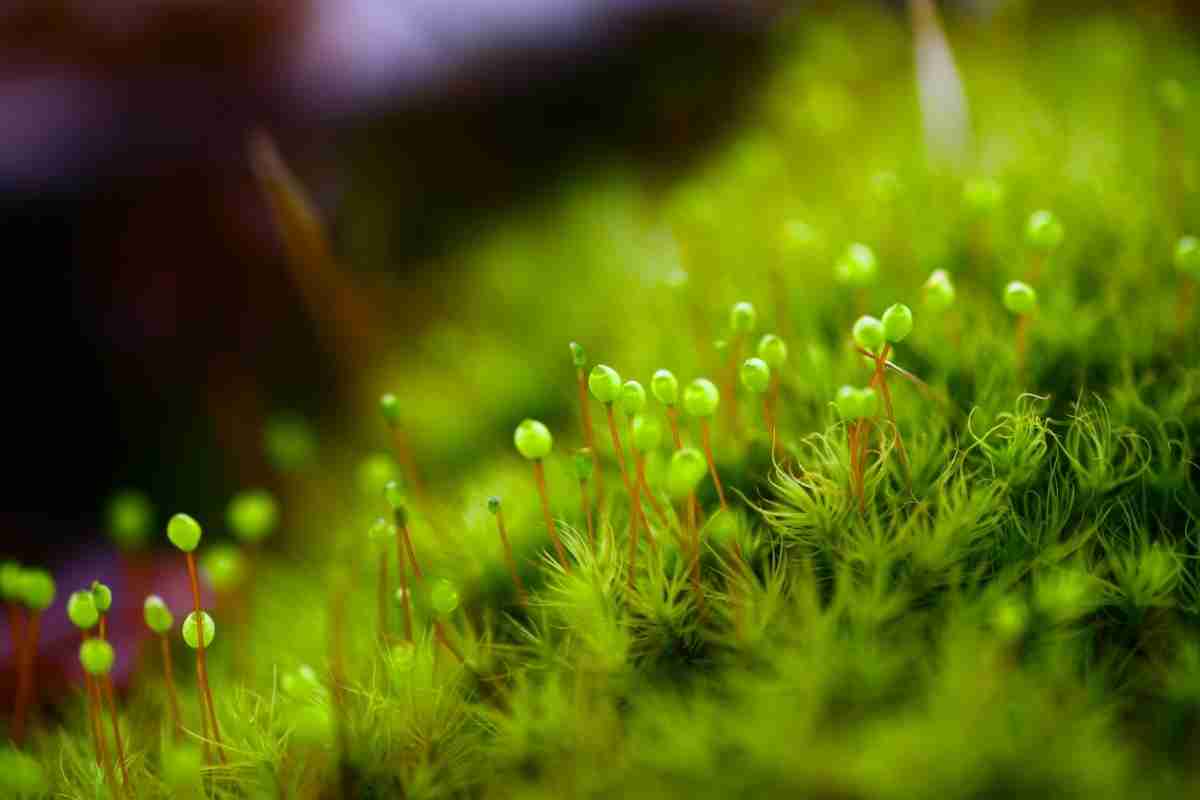
How Does Moss Reproduce? (Asexually And Sexually)
Read more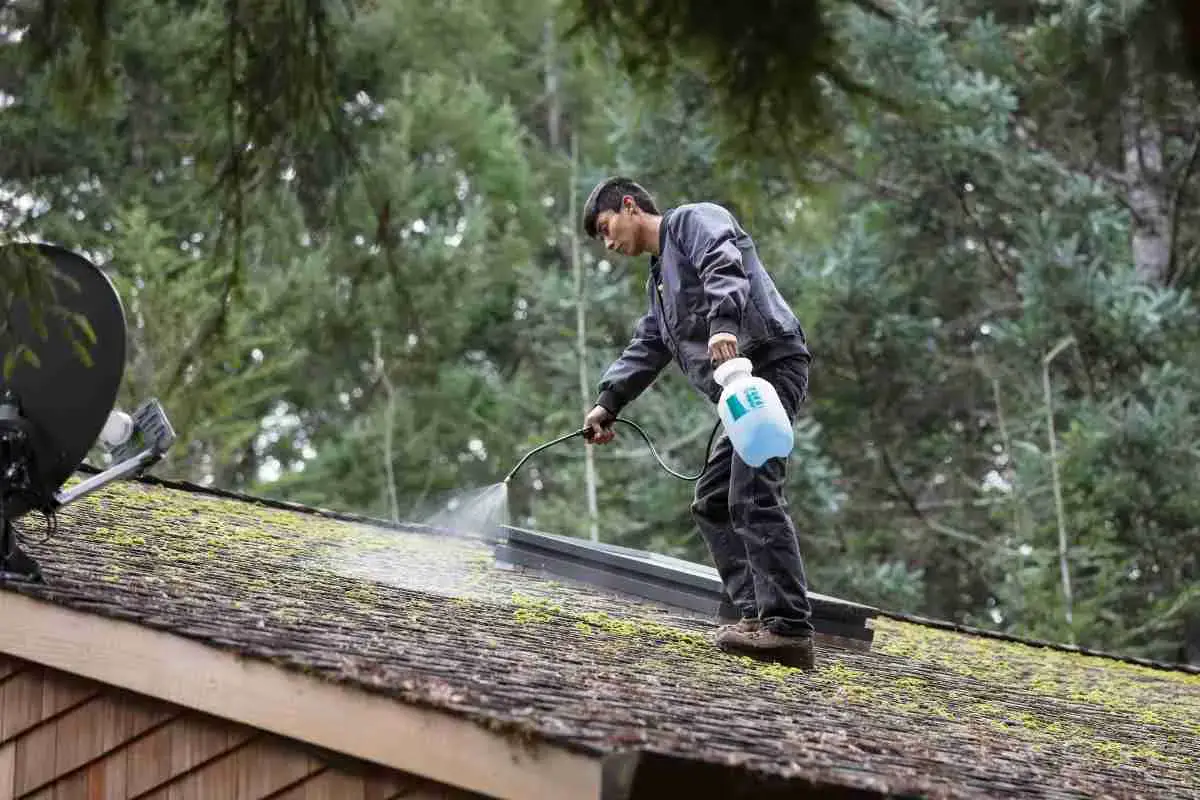
What Is The Best Time Of Year To Remove Moss From Roof?
Read more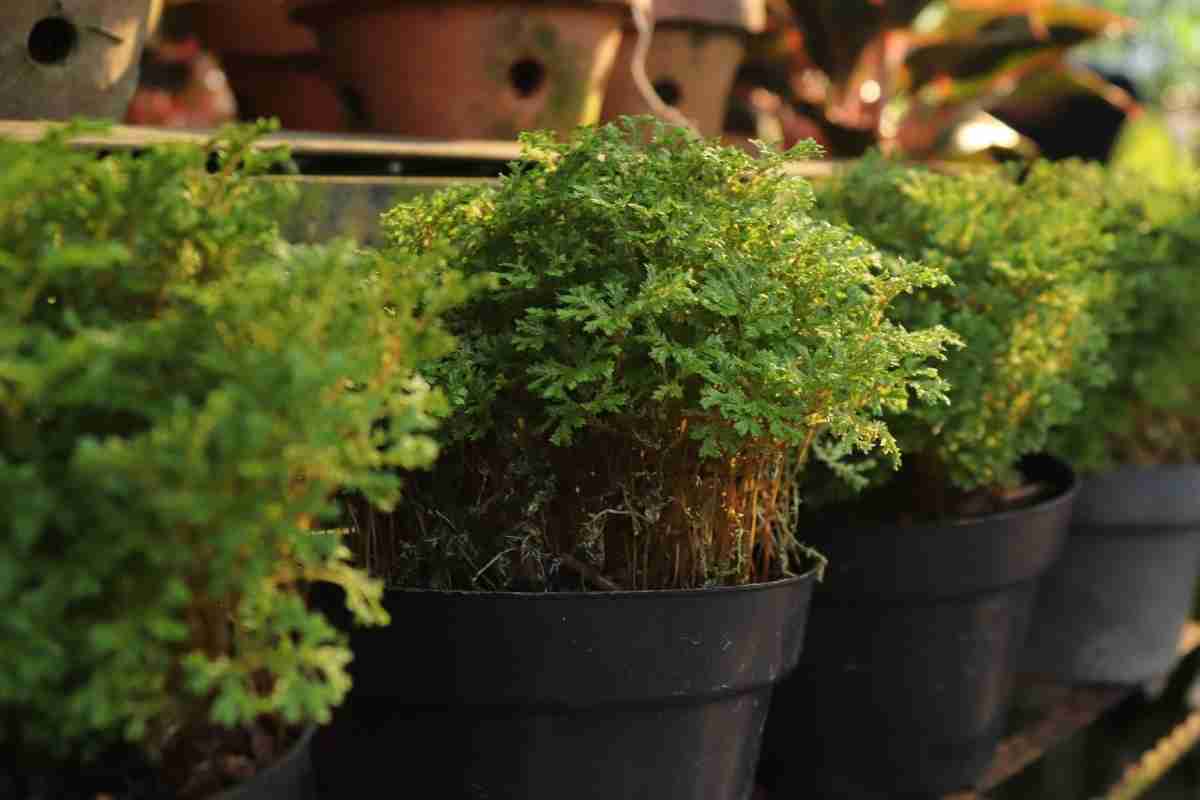
Is Moss Good For Plants? (Indoor & Outdoor Plants)
Read more
Decorative Moss For Potted Plants: Live & Preserved
Read more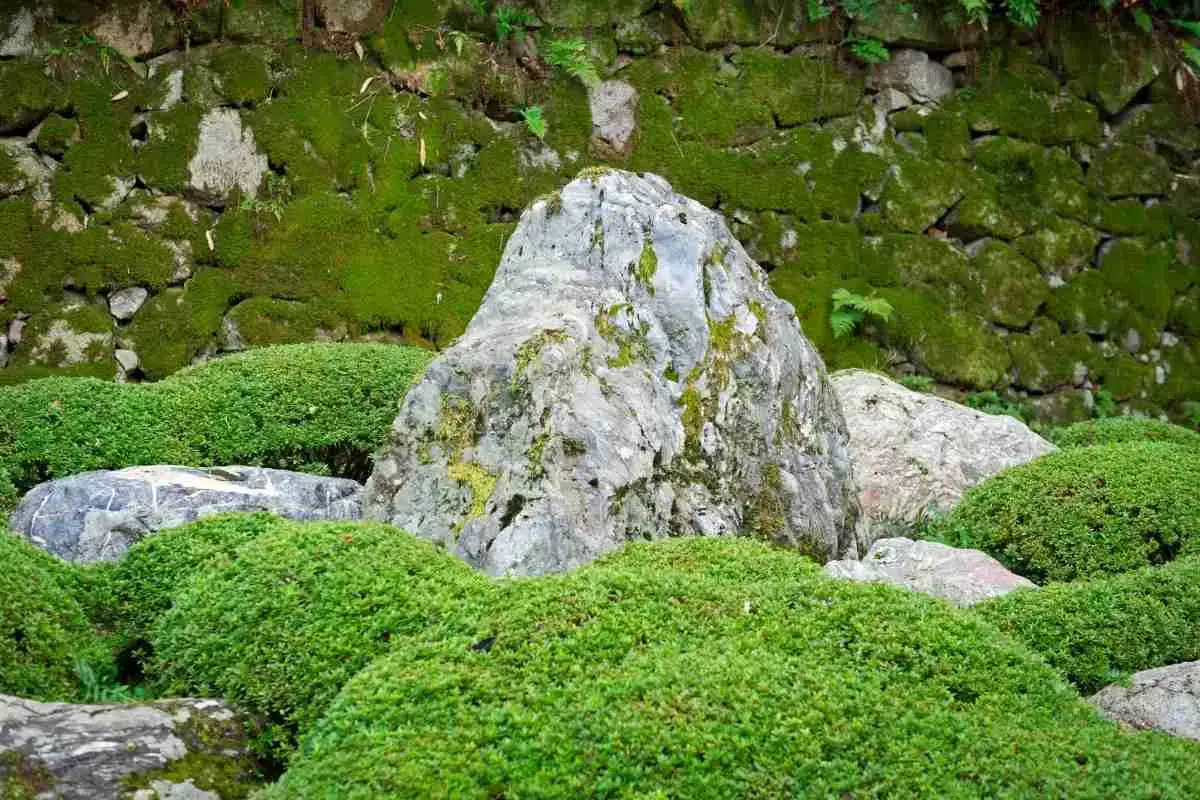
11 Types Of Moss That Grows On Rocks!
Read more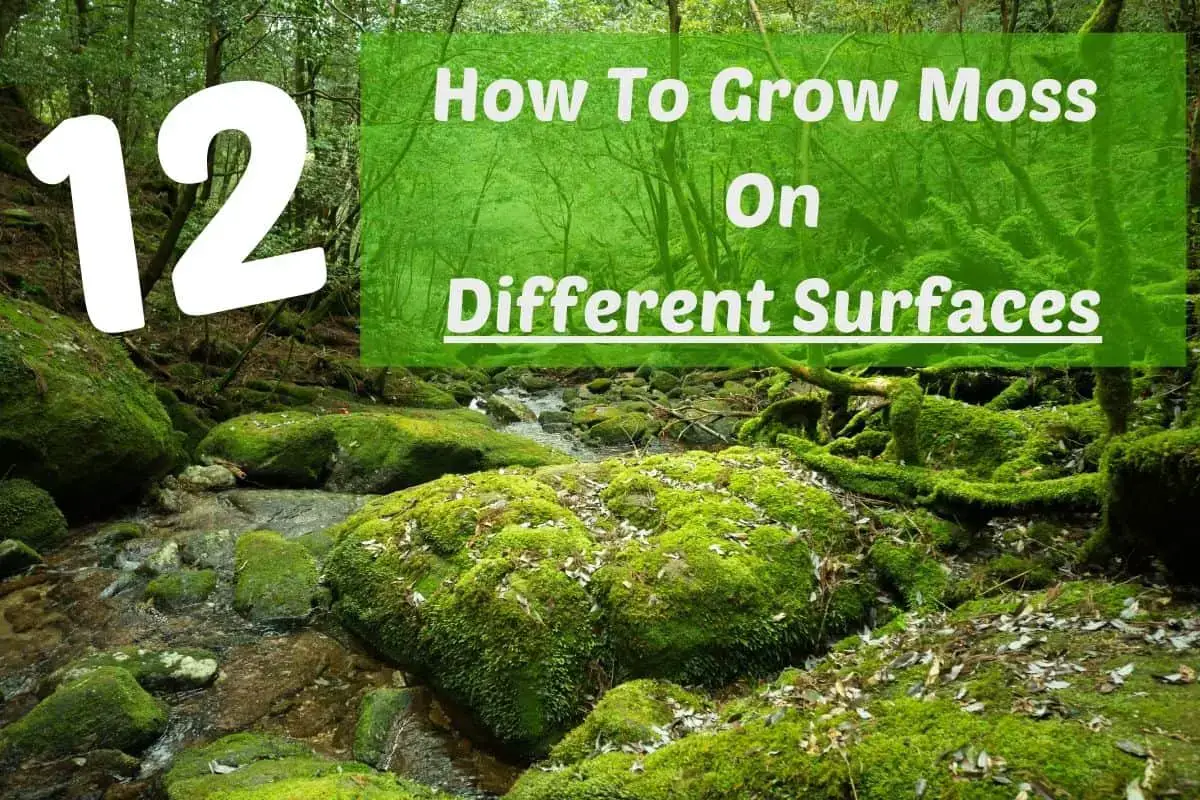
How To Grow Moss On 12 Different Surfaces Step By Step
Read more
Does Algae Need Sunlight? The Surprising Truth!
Read more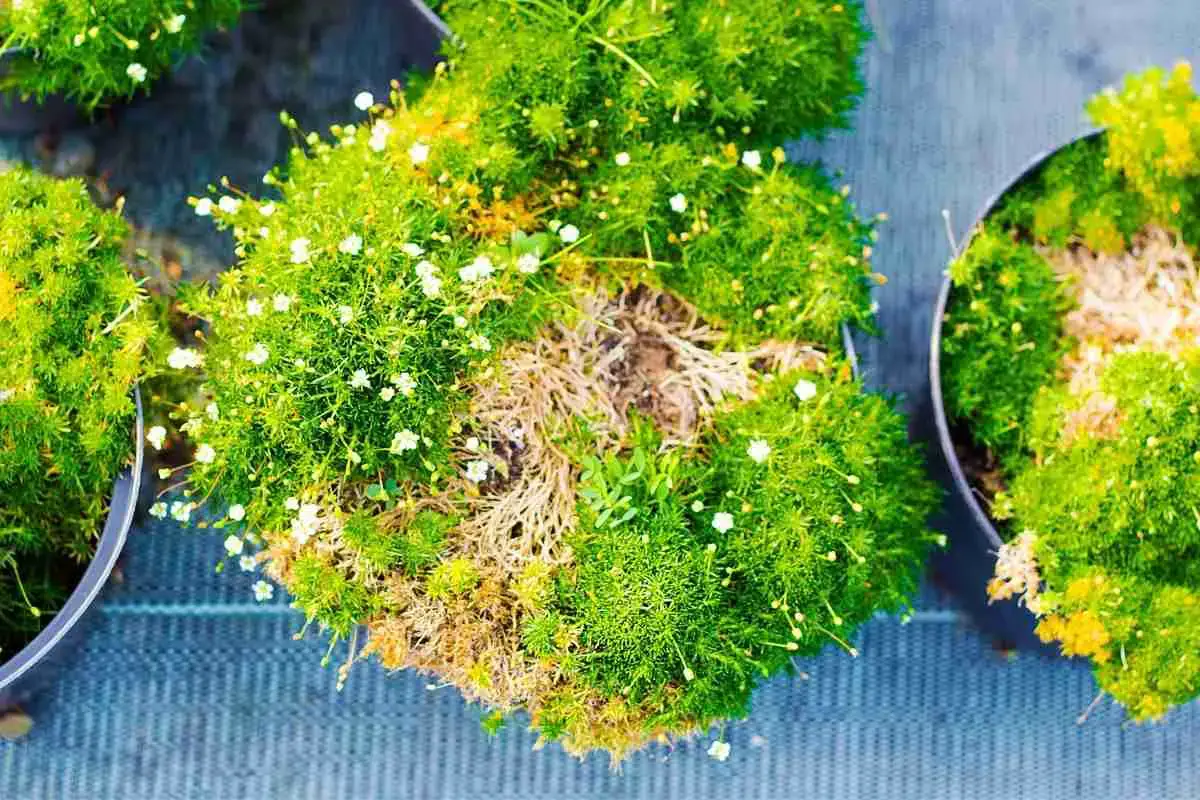
Scotch Moss or Irish Moss: Unveiling the Key Differences You Need to Know!
Read more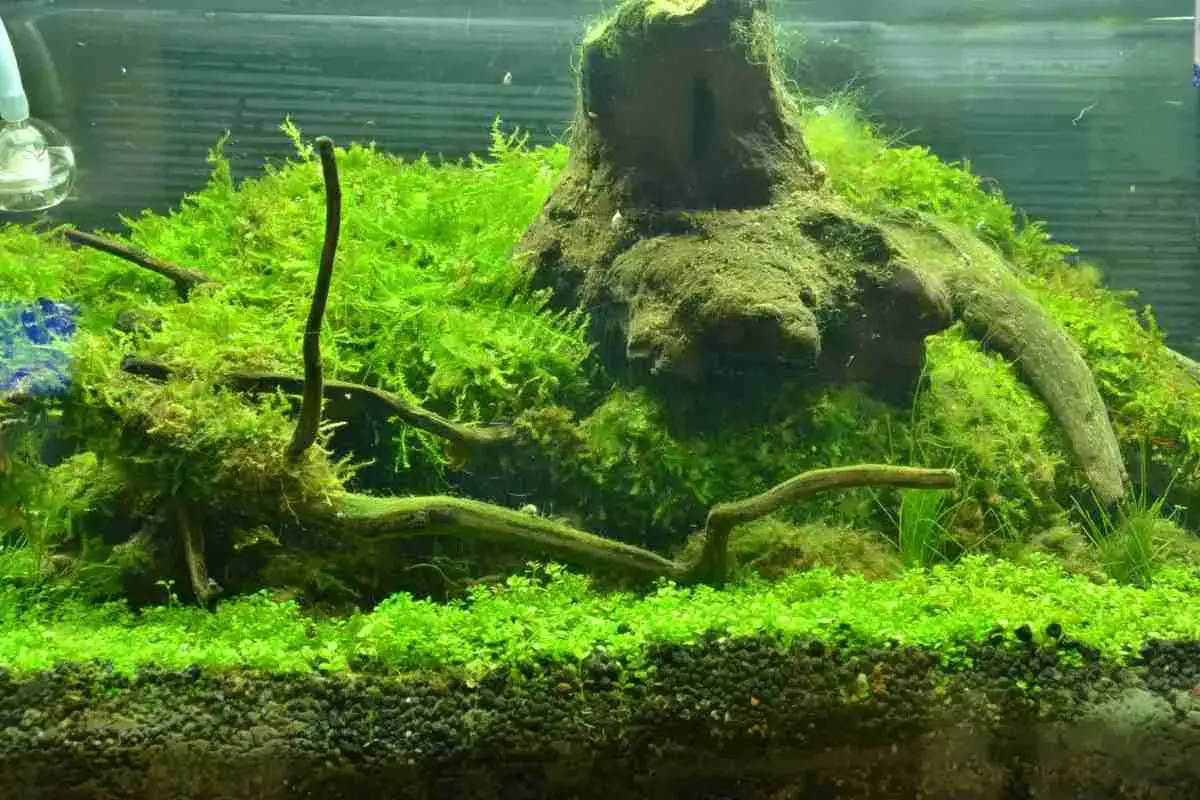
6 Simple Methods To Grow Java Moss Fast
Read more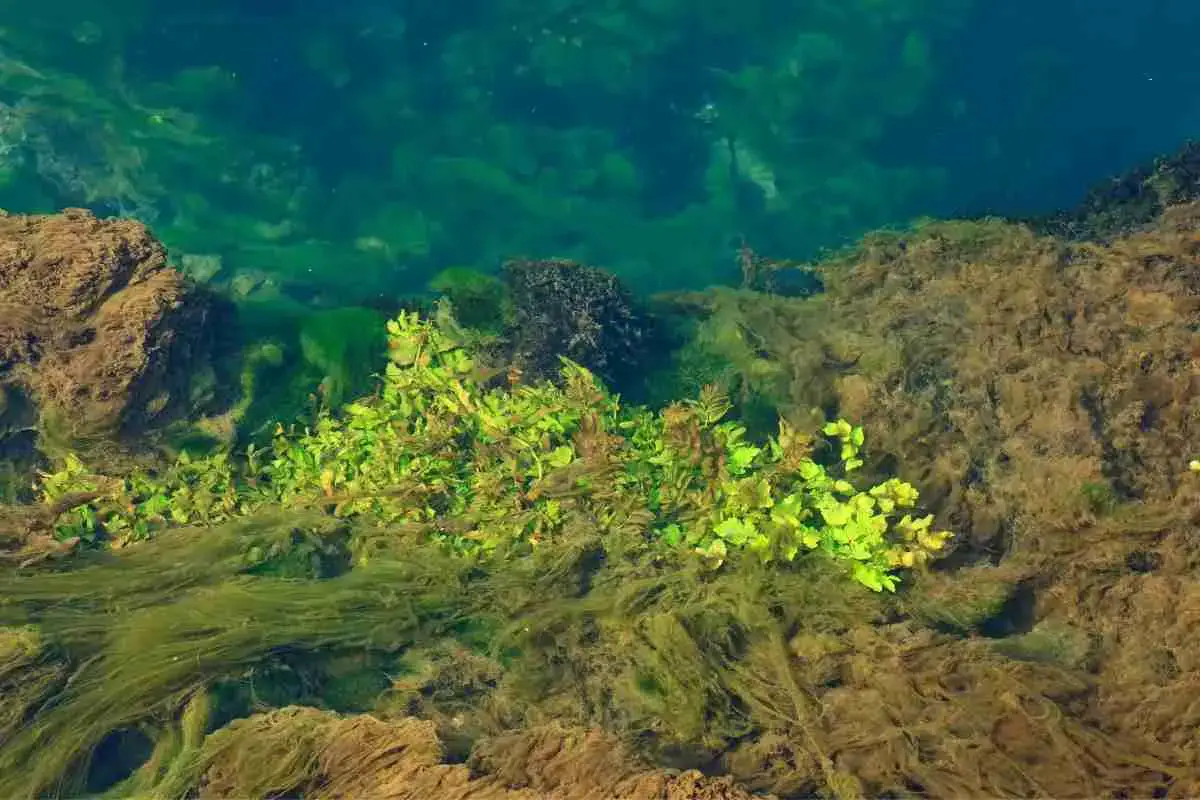
Is Algae A Producer of the Future? Understanding Its Role in Energy and Food Production
Read more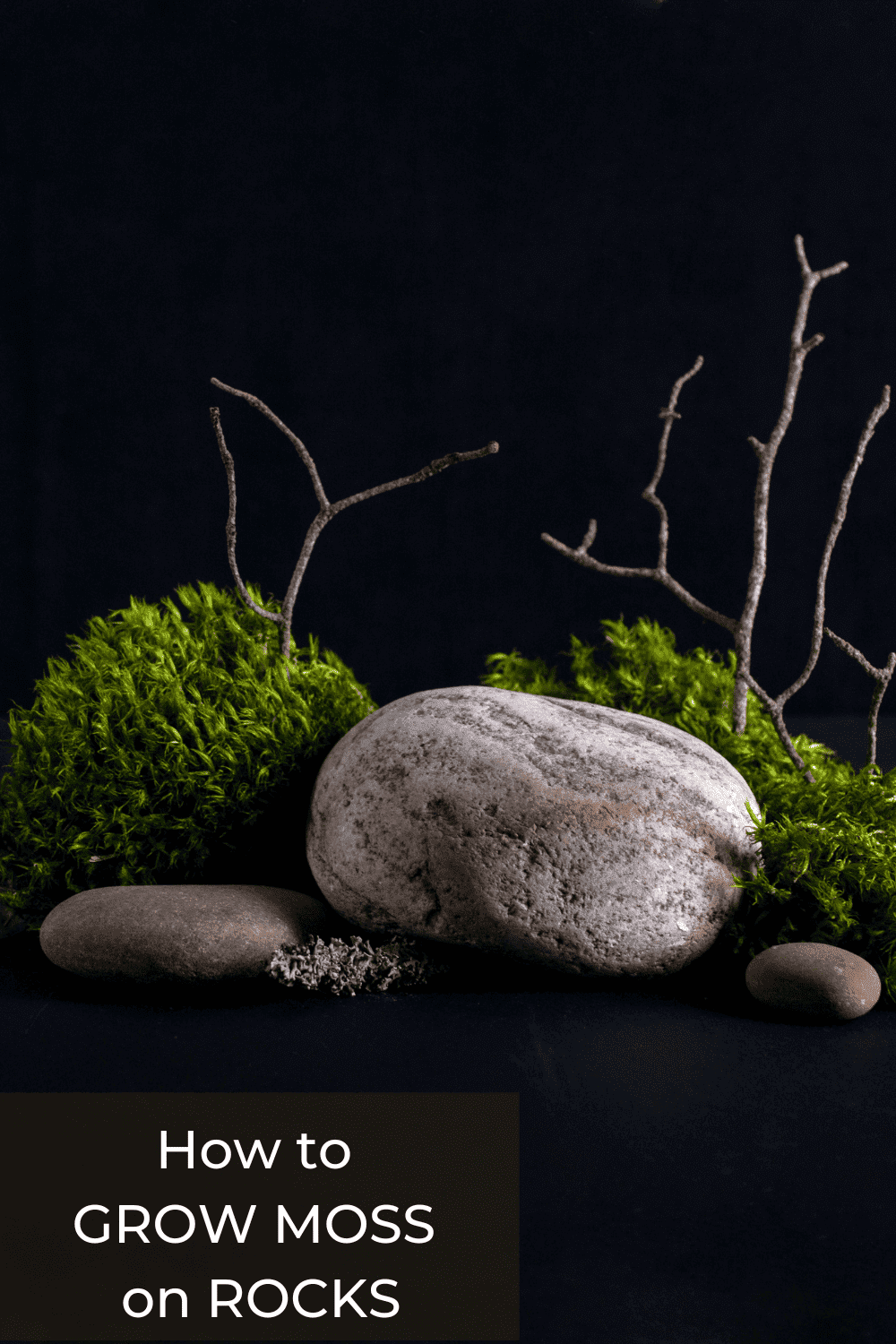
How to Grow Moss on Rocks and Impress Your Friends (or Enemies)
Read more